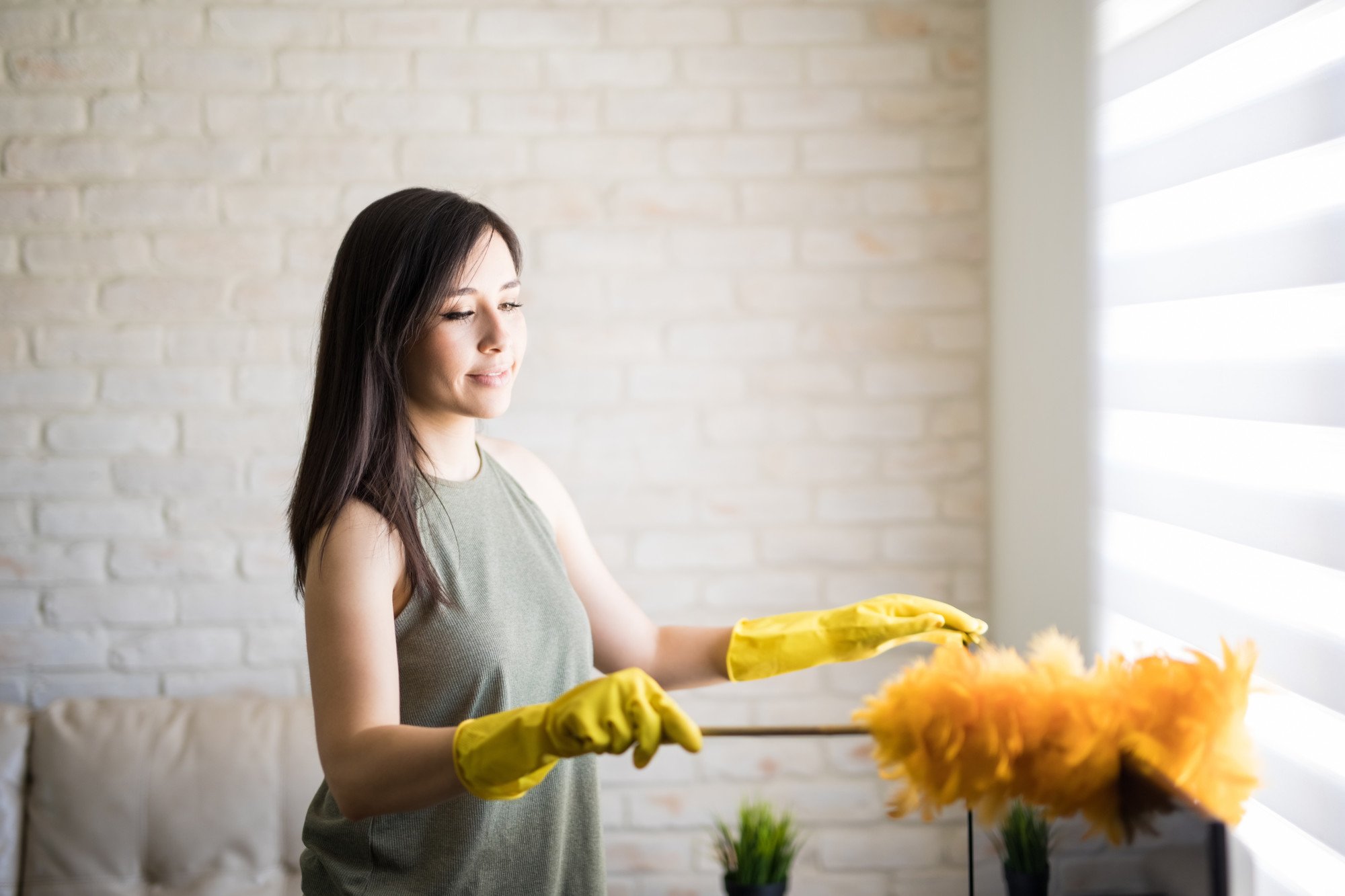What comes to mind when you think of spring cleaning?
For many, the answer is vacuuming up grime and filth. Dusting tends to get lost in the noise.
However, getting rid of dust bunnies and accumulations of grime isn’t just a spring cleaning task. Dust should be eliminated all year round if you want a spotless home.
But how often should you dust your house? Keep reading to find out everything you need to know.
Frequency Matters
The dusting frequency depends on several factors. The first factor is foot traffic. High-traffic areas, like living rooms and hallways, tend to accumulate dust more quickly. Dust these areas at least once a week to prevent build-up.
Bedrooms and less-frequented rooms can be dusted less often, perhaps every two weeks. Regularly-used items, such as electronics and tabletops, should be dusted weekly as well.
Allergies and Health Concerns
Individual health needs can influence your dusting schedule. Allergy sufferers or those with respiratory conditions should focus on dust control.
In these cases, it’s wise to dust more frequently, perhaps every few days. Investing in high-quality air purifiers can also help reduce airborne dust particles. This will improve indoor air quality.
Focus on the Dust Hotspots
Not all surfaces are the same when it comes to dust accumulation. Focus your efforts on the most notorious dust magnets: bookshelves, electronics, ceiling fans, and vents. Regularly cleaning these areas will significantly reduce the amount of dust in your home.
Don’t forget to include baseboards, window sills, and blinds in your dusting regimen. These areas often go unnoticed but can harbor a significant amount of dust.
Use the Right Tools
Having the right tools and cleaning products can make your dusting routine more effective. Microfiber cloths and dusters are excellent choices as they trap and hold onto dust particles. These prevent dust from scattering into the air.
Avoid using feather dusters, which tend to stir up dust rather than capture it. Additionally, consider using a furniture polish or cleaner that helps repel dust. This reduces its future accumulation.
Ventilation and Filtration
Improving the indoor air quality of your home can help reduce dust and create a healthy home environment. Ensure your home is well-ventilated, and consider using HEPA filters in your HVAC system to capture dust and allergens.
Regularly change or clean your HVAC filters to maintain their effectiveness. Using air purifiers with HEPA filters in bedrooms and other high-traffic areas can also be a worthwhile investment.
Declutter Your Home
The more items you have in your home, the more surfaces there are to collect dust. Regularly declutter and organize your living spaces to make dusting more manageable and efficient. Reducing clutter not only makes your home look cleaner but also minimizes the dust-trapping areas in your living space.
Deep Cleaning
In addition to regular dusting, consider deep cleaning your home at least once a season. You can check out websites like https://legacyhousecleaning.com to find expert services.
This includes vacuuming carpets and upholstery, washing curtains, and cleaning light fixtures and ceiling fans. Deep cleaning is essential to prevent dust from accumulating in hidden or hard-to-reach places.
How Often Should You Dust Your House?
This Dust Battle Plan gives you the answer to “How often should you dust your house?” With simple steps and a strategic schedule, you can maintain a clean and healthy environment for you and your family.
So why wait? Start implementing this plan today and say goodbye to dust! Your future self will thank you.
Make sure to check out the rest of our blog for more tips on various topics.


